The History of Custom Cars In Japan
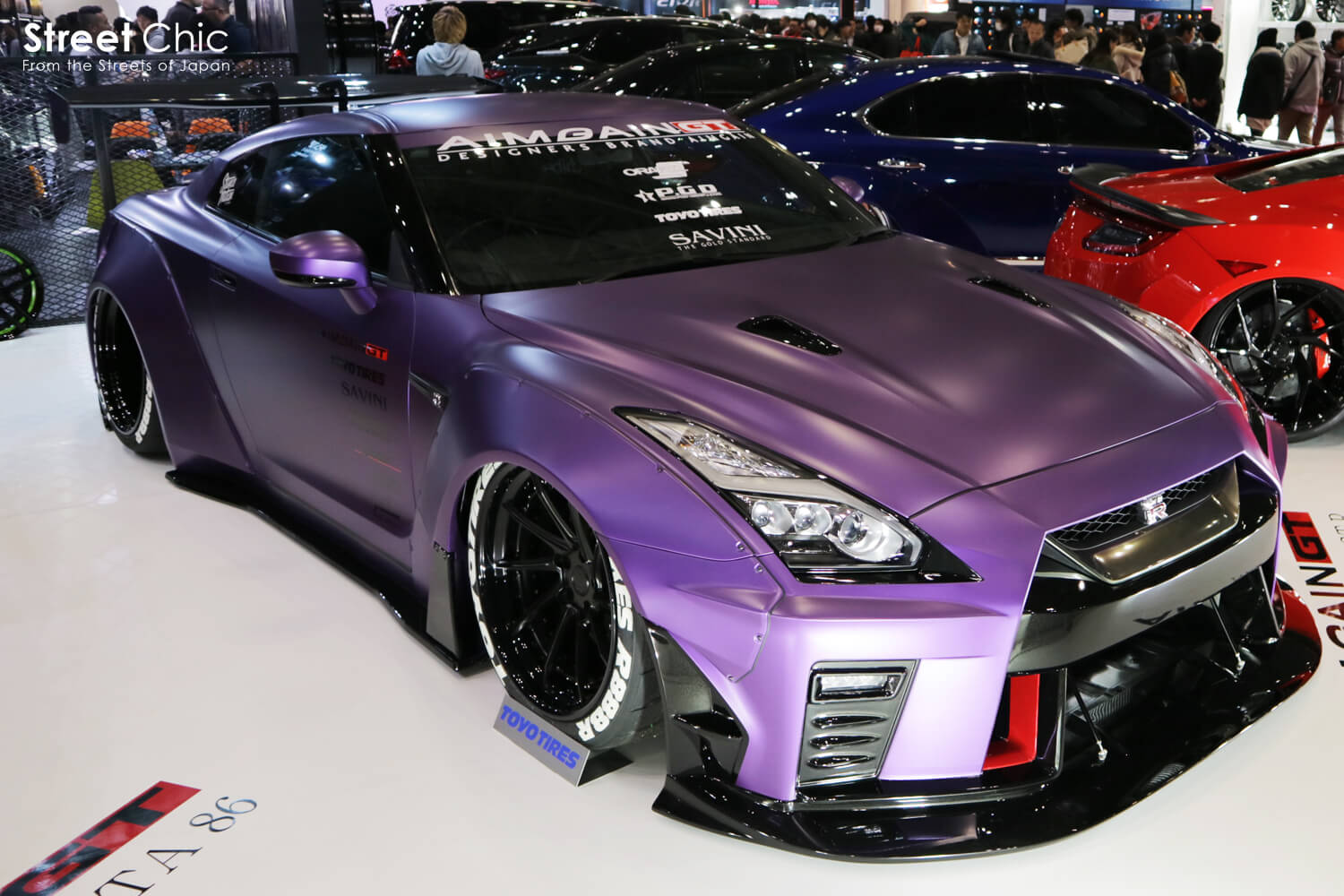
What is a custom car?
Custom cars are cars that have been customized/modified. That can mean anything from simple stickers on the body of the vehicle to extensive transformations that leave the car looking nothing like the original, but one thing that is true for all car customizing is that it is a way for owners to personalize the vehicle to their preference, making the vehicle more endearing to the owner. Some take their rides to a custom shop, while others take on the job themselves with a do-it-yourself spirit.
Japan has a rich culture and history of owners customizing and modifying their cars for various purposes. Modifications done for aesthetic reasons can be categorized into different styles such as “VIP cars” (modified luxury vans), “vanning” (modified minivans), “lowrider” and “itasha” (cars with anime themed decoration). Mods that focus more on the performance aspect of the vehicle, often with street racing in mind, is more commonly referred to as tuning.
Custom car culture in Japan
When you trace the roots of where vehicle customizing came from in Japan, one good reference point could be Kaminari Zoku (thunder tribe). That was a name given to a group of rebellious youngsters in the 1950s and 60s who rode around on their motorcycles, often customized to be louder and faster. When motorcycles and cars became more affordable in the 60s and 70s in Japan, many rebellious teenagers and troublemakers rode out into the streets with modified vehicles, committing criminal acts. These juvenile delinquents were commonly referred to as Boso Zoku by the media and general public.
While the Boso Zoku’s motorcycle and automobile customizing often leaned towards appearance modification for intimidation and street cred, there were also groups of young customizers who optimized their cars and motorcycles for street racing, known as Hashiri Ya. As street racing garnered popularity, different names were given to Hashiri Ya according to where and how they raced: Roulette Zoku raced at the circular (loop) routes of expressways in big cities; Rolling Zoku battled each other on the “touge,” or narrow winding mountain passes; Drift Zoku tried to out drift each other at bay areas and public roads; and Zeroyon Zoku drag raced on straight roads. Besides these street races being illegal, Japanese law prohibited car modifications of any sort back then, which is why the custom car scene was largely an underground movement at the time.
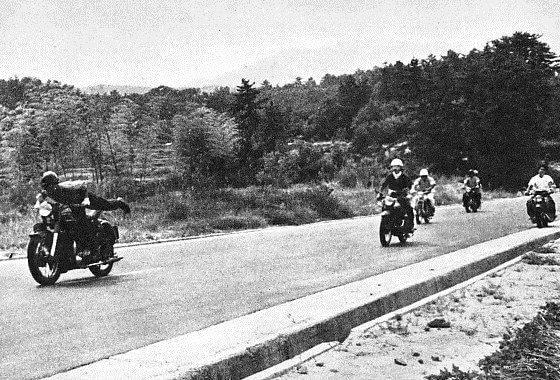
The explosion of Japanese custom car culture
As cars proliferated Japan, and popularity of supercars and races like Fuji Gran Champion Race rose in the 70s, interest towards cars among young Japanese people continued to increase, which led to more people trying their hand at customizing and tuning their own vehicles. 1981 saw the launch of Option, a pioneering magazine that catered to the car tuning enthusiasts. The editor-in-chief of the magazine started the tuned/custom car show Tokyo Auto Salon in 1983, which grew to be one of the biggest custom car shows in Japan. With manga/anime/video game hits like Wangan Midnight and Initial D capturing the imagination of many, the custom car culture hit peak popularity in the 90s. 1995 in particular was a major turning point for the scene, when Japan’s strict regulations on the usage of foreign auto parts were loosened due to pressures from the US, making many modifications that used to be illegal suddenly legal.
As car customization became more common, distinct Japanese custom styles emerged such as VIP cars, which are luxury sedan customizations that came out of Boso Zoku culture, and vanning, which is based on the van customizations that were happening in the US West Coast in the 60s and 70s. Other American custom styles like lowrider have also made significant impact in Japan.

The future of Japan’s custom car scene
Japan’s custom car scene hasn’t been the same since the turn of the century. The economic downturn contributed to the significant decrease of young car owners, and the restrictions on car customizing has strengthened. But movies like the Fast & Furious franchise renewed interest in street racing, and integration with other subcultures like Itasha – cars that are decorated with anime characters – have spawned new generations of enthusiasts. The internet has contributed greatly to the global recognition of Japan’s distinct custom culture and history, while the World Wide Web has also allowed customizers in Japan to incorporate the latest custom styles and innovative techniques to their craft, inspiring new forms and ways of thinking.
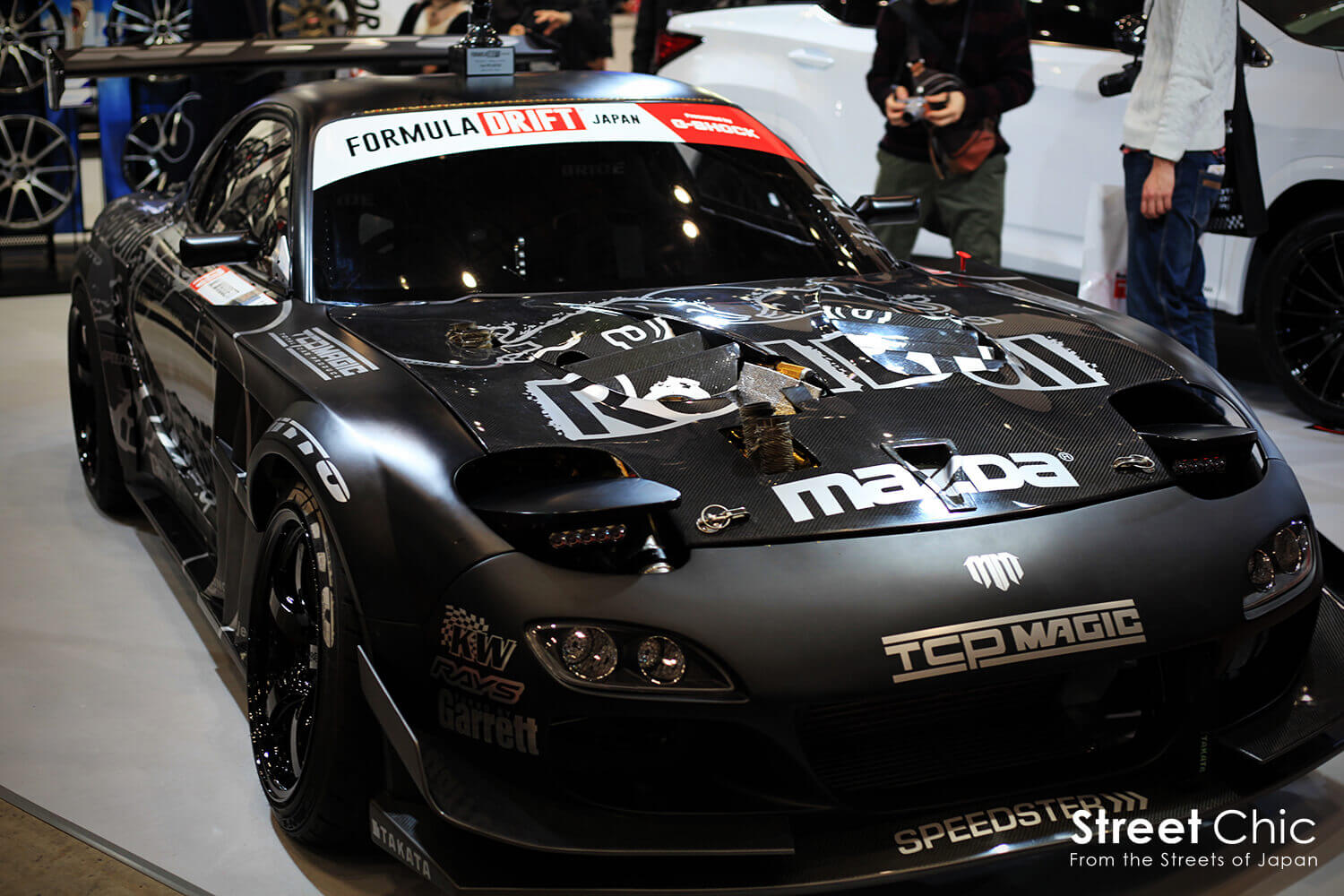
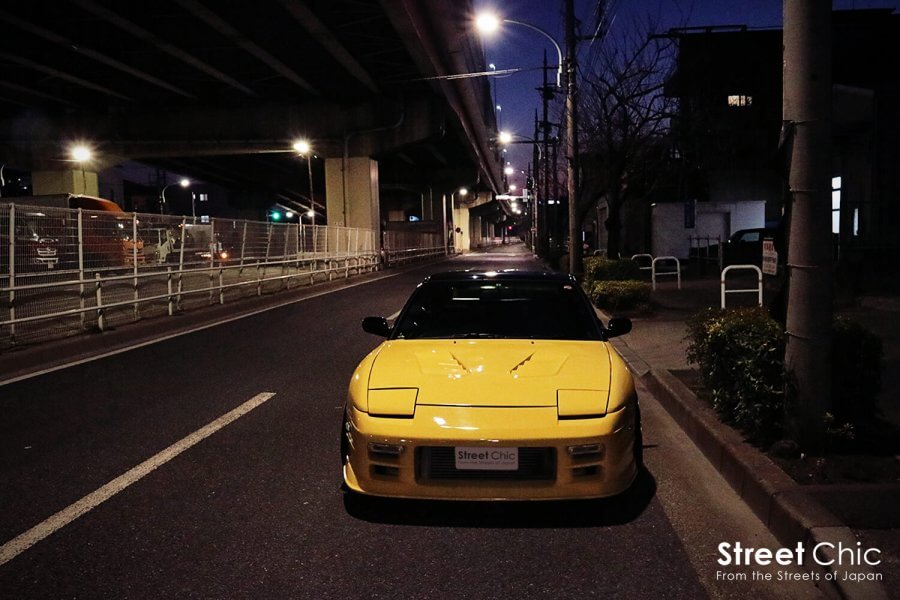
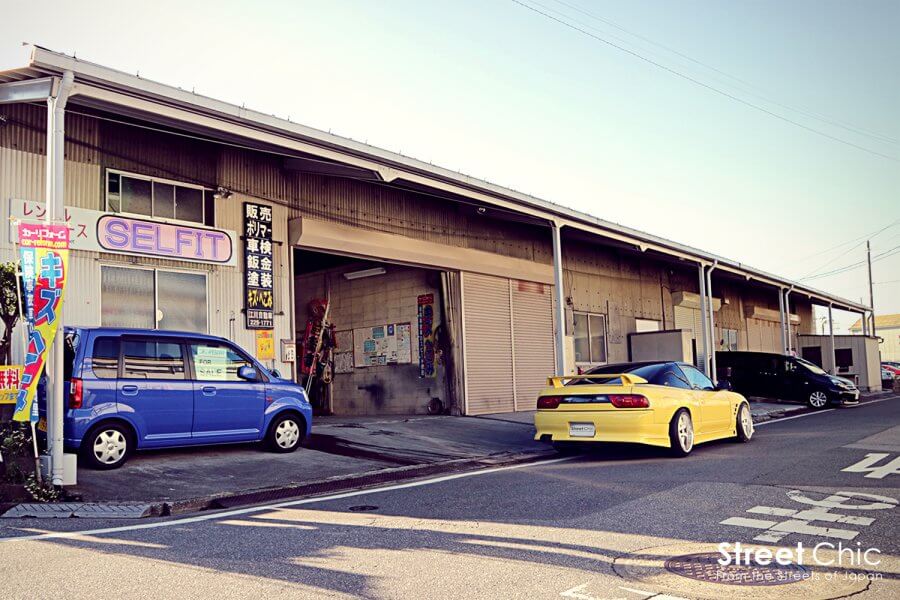
![How I Painted My Nissan 180SX At SELFIT [Day 1]](https://en.streetchic.jp/wp-content/uploads/2017/01/self-paint1-900x600.jpg)
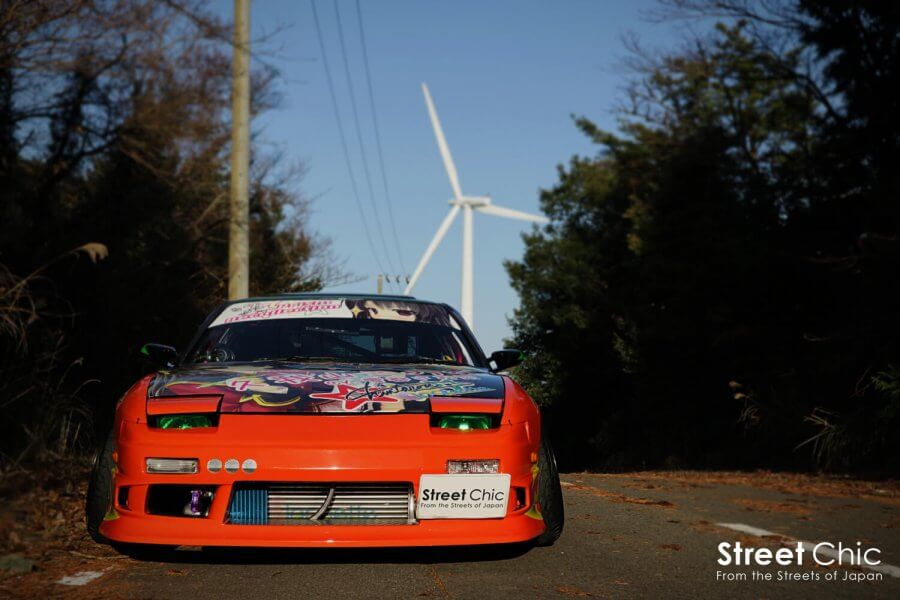
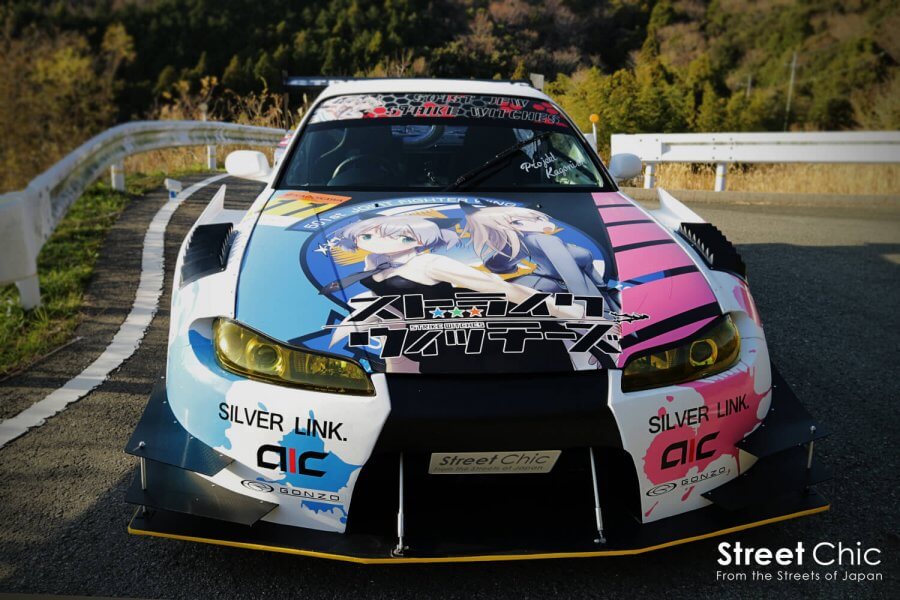
![Tokyo Auto Salon 2017 Report [Part 2]](https://en.streetchic.jp/wp-content/uploads/2017/01/IMG_0460-01-900x600.jpg)
Comments